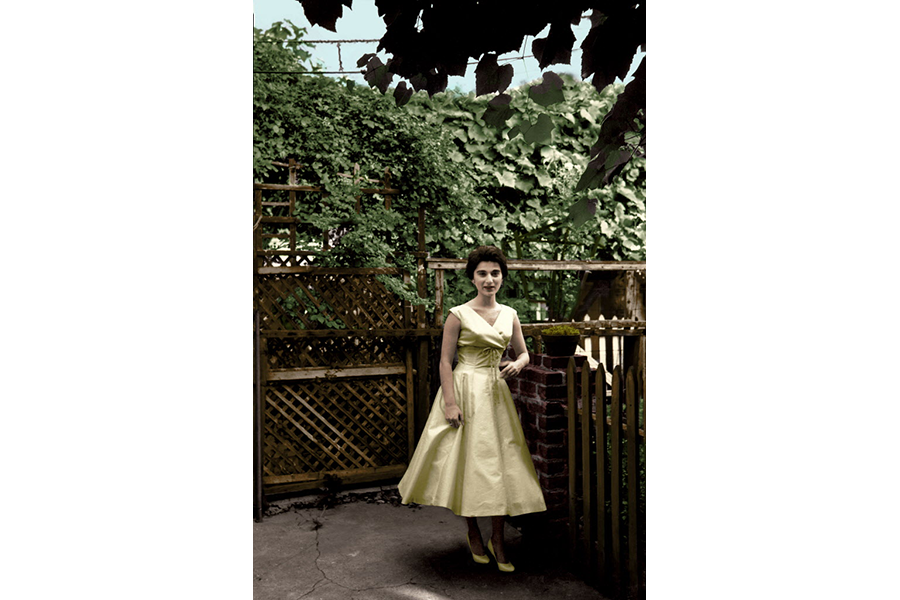'The Witness' is enlightening, though occasionally confusing
Loading...
On March 13, 1964, at just after 3 a.m. in Kew Gardens in Queens, a borough of New York City, 28-year-old Kitty Genovese, returning home from her work as a bar manager, was raped and stabbed to death while a purported 38 witnesses did nothing to intervene. At least that was long the accepted version of this case, which, as a reflection of large-scale urban apathy, quickly became a flashpoint for criminal, psychological, and sociological deep think.
“The Witness,” directed by James Solomon, is about how fun-loving Genovese’s adored younger brother, Bill, unflaggingly pursues the actual facts of the case many years later, tracking down surviving witnesses, reporters, prosecutors, and, ultimately, the killer himself, Winston Moseley, who at the time of the murder was a 29-year-old computer punch operator.
What really happened that night is still not altogether known, but what is clear is that the official version – promoted on the front page of The New York Times two weeks after the crime at the instigation of its metropolitan editor (and later executive editor) A.M. Rosenthal, with a follow-up two days later featuring interviews with sociologists and psychiatrists – was wildly misreported. As Nicholas Lemann wrote in a 2014 New Yorker piece that ably dissected the case, “the experts transformed a crime into a crisis.”
Solomon’s movie contains footage stretching back more than a decade – newscaster Mike Wallace and Rosenthal, both of whom are interviewed by Bill Genovese, died years ago – and so its timeline of revelations is sometimes confusing. Genovese appears to be ferreting out new facts that have already been established by others. Solomon also doesn’t include material on some of the documented examples of the neighbors’ behavior that night, including one man who crawled out of his window after witnessing the second knife attack in the apartment vestibule and eventually called the police.
But what “The Witness” makes clear, especially for people who know very little about the Kitty Genovese case, is that the scenario of 38 apathetic witnesses was a gross misrepresentation of what actually occurred. Why was there so little skepticism of the Times story at the time? The answers Bill Genovese gets to this question are all the same: Nobody wanted to go up against the power of the Times. Besides, if the paper reported it, it must be true. (In 2004, in a lengthy investigative piece, the Times corrected its own record.)
What lifts “The Witness” out of the true-crime documentary genre is its portrait of Bill Genovese. He delves into the crime beyond the point most would go, including members of his own large extended family, who implore him to put it to rest. He returns to the apartment his sister occupied and interviews surviving neighbors, including one woman who, contrary to published reports at the time, tried to help and cradled the dying Kitty in her arms in the vestibule.
Genovese isn’t granted a face-to-face interview with Moseley, who, at 81 before he died in March, was one of the longest-serving inmates in the New York prison system. But he is paid a bizarre visit by Moseley’s son, who tells him that Moseley was provoked by Kitty’s racial slurs – she was white, he is black – and that his family long feared she was connected to the Genovese crime family. (Neither of these allegations were true.) Sometime afterward, Bill receives a letter from Moseley claiming that an Italian mobster was the real killer.
A Vietnam veteran who lost his legs in combat, Genovese has a nonconfrontational demeanor, but this steadfastness camouflages a great hurt that threatens to overtake his reason. In the film’s most chilling scene, he hires an actress, complete with bloodcurdling screams, to re-create his sister’s murder in the middle of the night in the same location where it happened. “The Witness” is about a man attempting to find closure for something that can never be closed, but perhaps participating in this film has given him a small measure of peace. Grade: B+ (This movie is not rated.)







